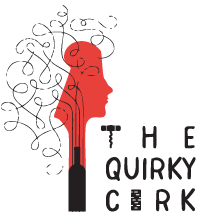Turasan Seneler Cabernet Merlot Syrah
From one of the most recognizable names in Turkish wine comes the Turasan Seneler Cabernet Merlot Syrah blend. The Turasan Seneler line includes many of the winery's top wines, all of which, red and white, have seem some time in oak. In fact it's right there in the name! "Seneler" means "years" in Turkish and these are Turasan's aged wines. For this wine, Turasan sourced its grapes from several vineyards around Turkey. The Cabernet Sauvignon and Merlot came from the winery's vineyards in Central Anatolia. The Syrah came from Aegean vineyards in Denizli (670 kilometers away). Prior to blending, the wines aged an average of 12 months in French
Read More













